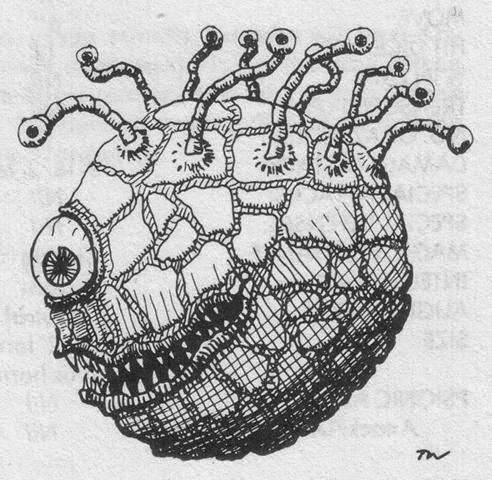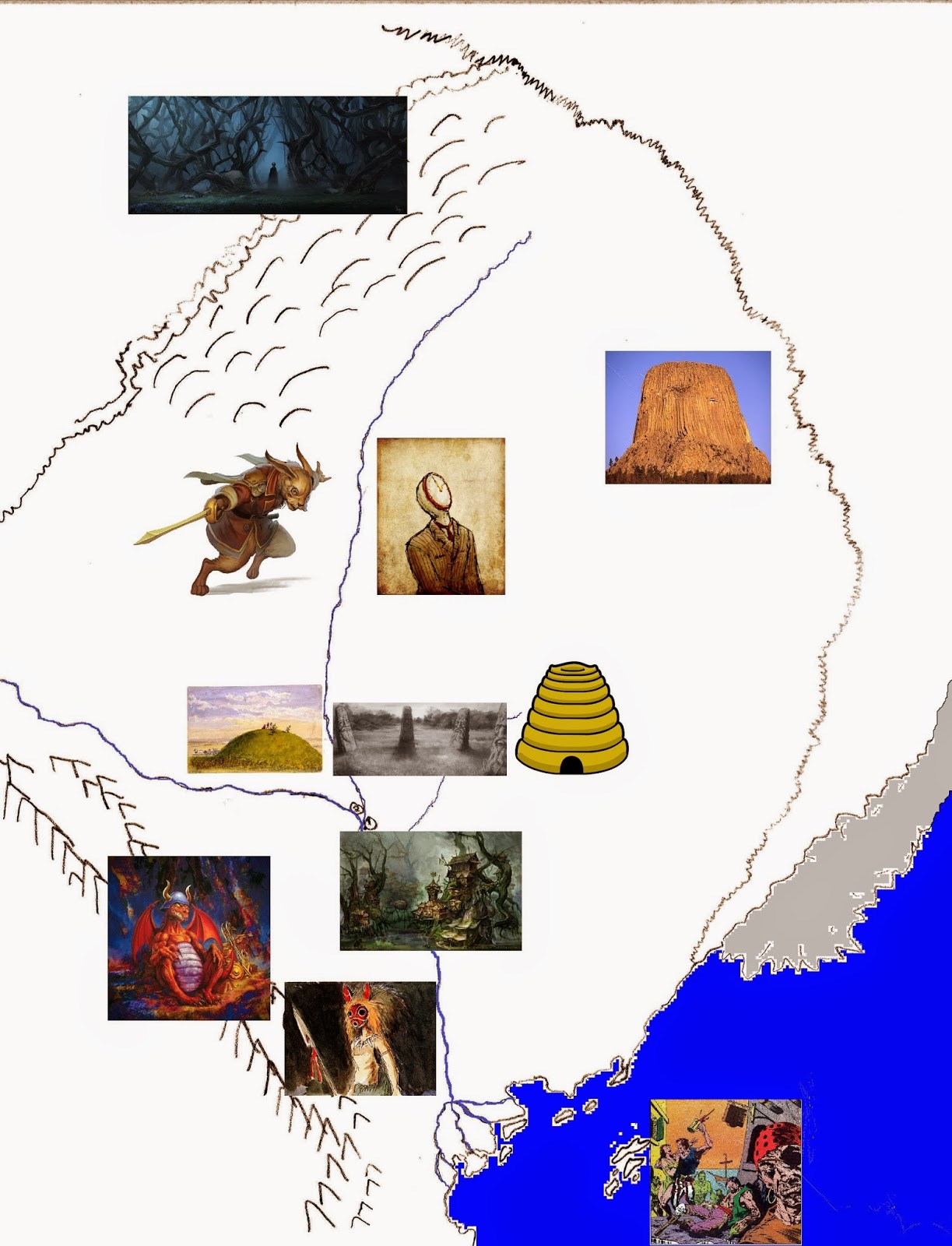Artesia #2 (February 1999) Story & Art by Mark Smylie
Synopsis: Artesia awakes from a dream--a portend, perhaps--of her mother being burned at the stake, telling her daughter to join her. It is morning. Artesia rises from between her two slumbering bedmates to greet her lieutenants. Some of the force have left them over night, but others have rallied to her, unwilling to accept the Divine King over the goddess Yhera.
She summons spirits to help her dress for battle. They whisper that their mothers, the goddesses of war are eager for the feast to come. Once dressed, she turns to deal with her bedmates--assassins sent by Bran. She awakens them from the magical sleep she put them under and tells them they have one chance to go for their daggers:
The assassins dead, Artesia and her company head for the field of battle. Besides their original foes, the knights of Agall and those that deserted them over night are under Bran's wolf banner--now arrayed against them. Artesia orders their own wolf banner taken down. They will only use black banners to match the black sun of Irré:
Artesia gives her troops a rousing speech. They must turn against their king because he's betrayed their land and their goddess to usurpers. The coming of Irré is a good omen for them. The speech works, and the battle is joined.
She uses her magic to cause panic and slays several Agall Knights herself. In the end, Artesia's enemies are routed, but after such an unnatural day, she fears the night to come.
She summons spirits to help her dress for battle. They whisper that their mothers, the goddesses of war are eager for the feast to come. Once dressed, she turns to deal with her bedmates--assassins sent by Bran. She awakens them from the magical sleep she put them under and tells them they have one chance to go for their daggers:
The assassins dead, Artesia and her company head for the field of battle. Besides their original foes, the knights of Agall and those that deserted them over night are under Bran's wolf banner--now arrayed against them. Artesia orders their own wolf banner taken down. They will only use black banners to match the black sun of Irré:
Artesia gives her troops a rousing speech. They must turn against their king because he's betrayed their land and their goddess to usurpers. The coming of Irré is a good omen for them. The speech works, and the battle is joined.
She uses her magic to cause panic and slays several Agall Knights herself. In the end, Artesia's enemies are routed, but after such an unnatural day, she fears the night to come.
Things to Notice:
Smylie's Known World is an interesting mix of historic sources, but the gods and goddess seem mostly Ancient Greek inspired. The name of the Known World's Queen of Heaven, Yhera, clearly shows its derivation from the Greek Queen of Heaven, Hera. Irré the Black Sun, is a sun god, but mostly has the negative aspects of Apollo's portfolio (he is the god of plagues, for instance), while his brother, Illiki Helios gets the more positive aspects. Besides the Greek elements, the two seem to borrow from Egyptian myth: the bull aspect of Illiki is reminiscent of the Atum-Ra, and the relationship between the brothers resembles myths related to Osiris and Set.
- Like more than one hero, Artesia had sex with the assassin(s) before killing them. Priorities.
Smylie's Known World is an interesting mix of historic sources, but the gods and goddess seem mostly Ancient Greek inspired. The name of the Known World's Queen of Heaven, Yhera, clearly shows its derivation from the Greek Queen of Heaven, Hera. Irré the Black Sun, is a sun god, but mostly has the negative aspects of Apollo's portfolio (he is the god of plagues, for instance), while his brother, Illiki Helios gets the more positive aspects. Besides the Greek elements, the two seem to borrow from Egyptian myth: the bull aspect of Illiki is reminiscent of the Atum-Ra, and the relationship between the brothers resembles myths related to Osiris and Set.


























